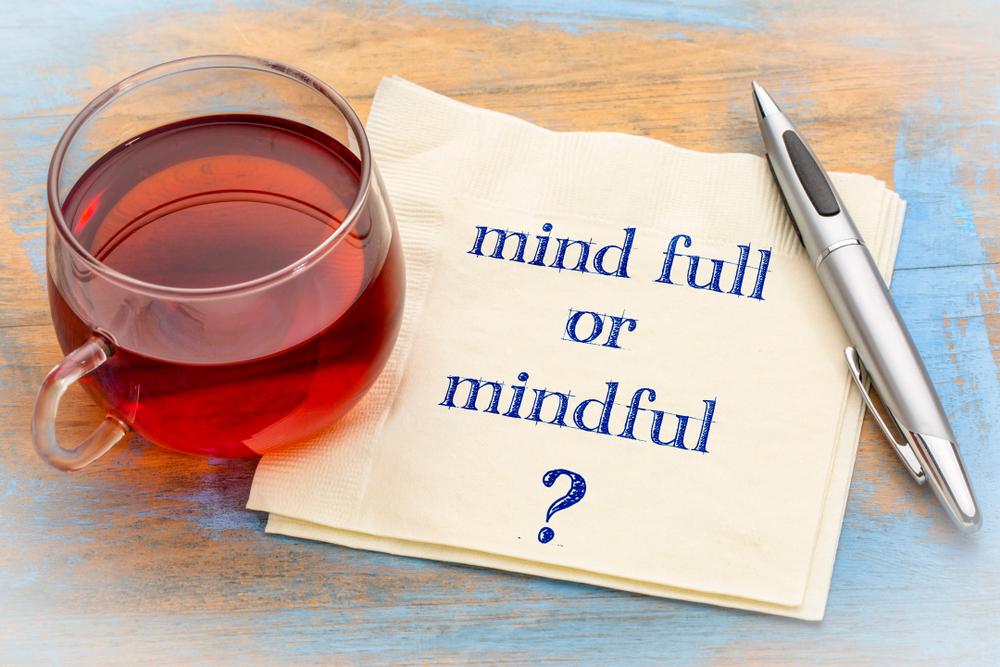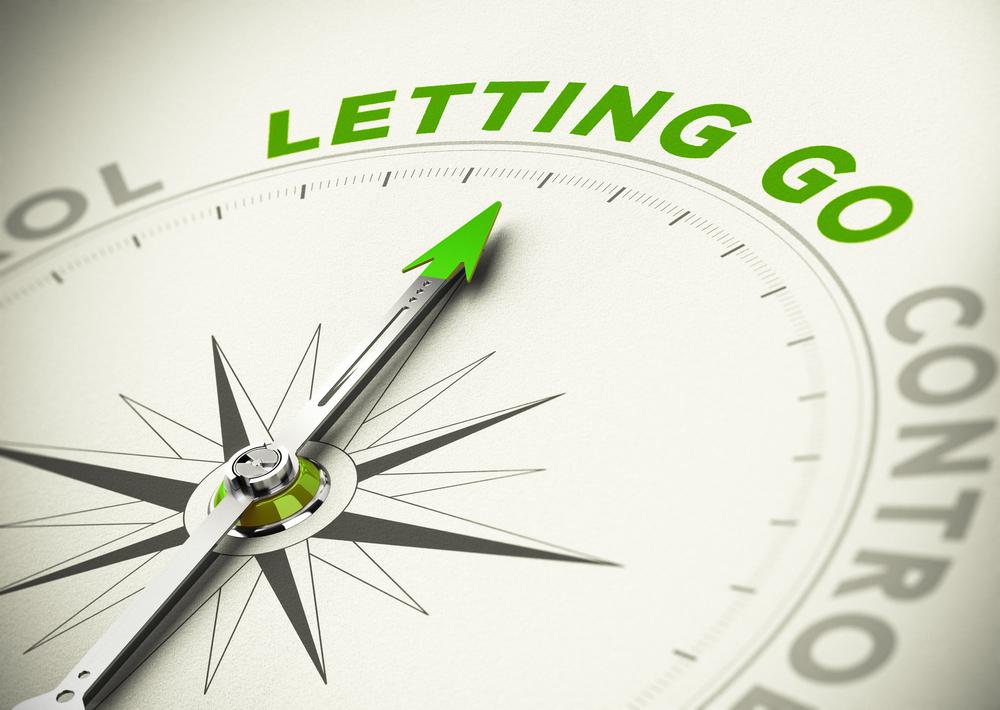Rachel Kable—author, podcaster, blogger and mindfulness coach from Victoria in Australia—recently participated in a podcast interview with Dr. Justin Puder. In the course of the interview, she explained that when she first started out practising mindfulness in the more formal way of meditating (e.g., focusing on her breath), she had great difficulty and did not like it at all. At the time, she lived very much in the past and the future, not the present. She would review past performance and prepare to-do lists for future activities to the point where she would lie awake at night, not being able to quiet her mind. To sit still and focus on the moment was a real challenge and counter-intuitive.
However, Rachel persisted with formal practice because she had heard of the benefits of meditation and mindfulness and wanted to experience them for herself and to share them with others. As she persisted in her more formal efforts, she found that mindfulness practice increased her ability to focus and concentrate, enabled her to sleep more restfully and fully, enhanced her relationships (e.g. through being present to the person speaking and listening actively, not distractedly) and improving her capacity to be creative in her career endeavours.





